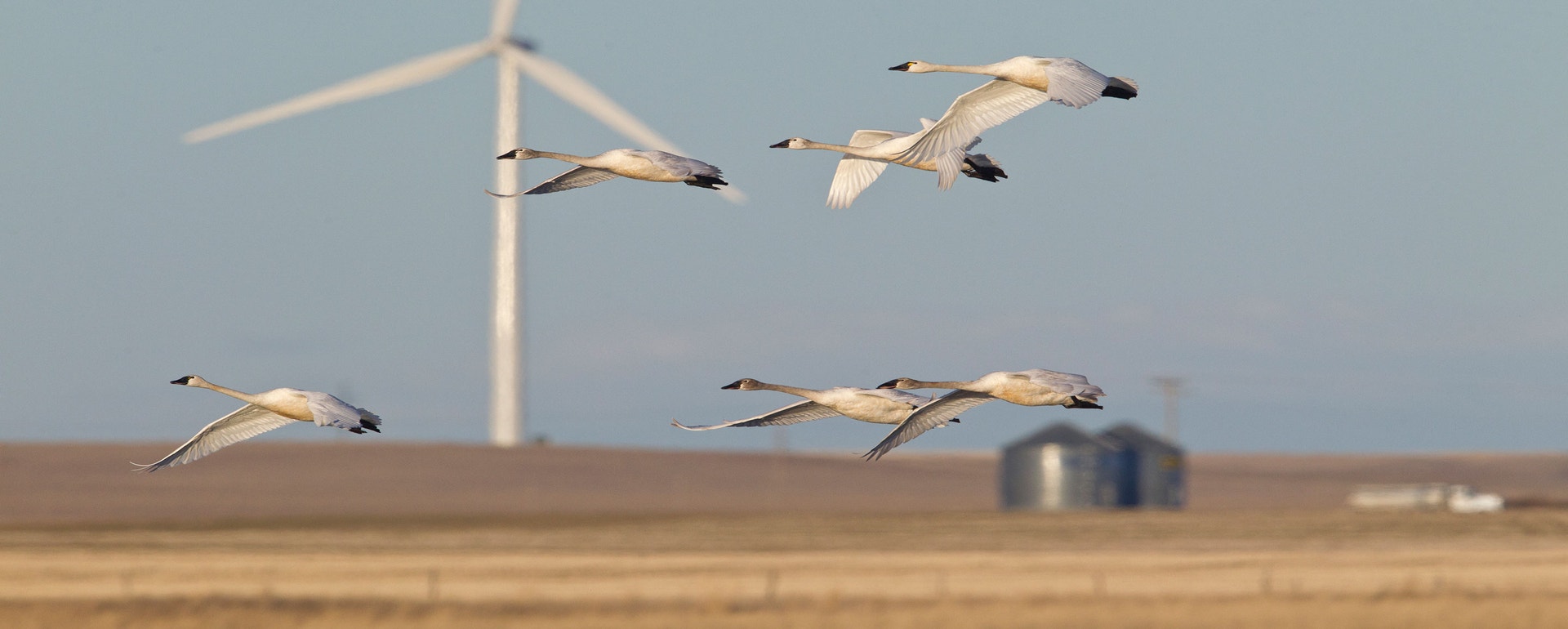
Conservation groups can make sure clean energy and transmission projects are responsibly sited and operated.
Audubon supports common-sense solutions to reducing carbon emissions, including conserving and restoring forests, wetlands, and grasslands that provide important habitat for birds and serve as natural solutions for storing carbon, and investing in responsibly sited clean energy.

Vice President of Climate

Senior Director, Climate Strategy, National Audubon Society

Science Advisor, Offshore Wind Energy & Wildlife

Senior Director of Climate Strategy

Senior Manager, Transmission Initiative

Senior Manager, Public Lands Policy

Director of Natural Climate Solutions Strategy

Vice President, Government Affairs

Senior Director, Government Affairs

Senior Director, Climate & Community Science

Senior Director, Climate Policy

Communications Manager





Let us send you the latest in bird and conservation news.
